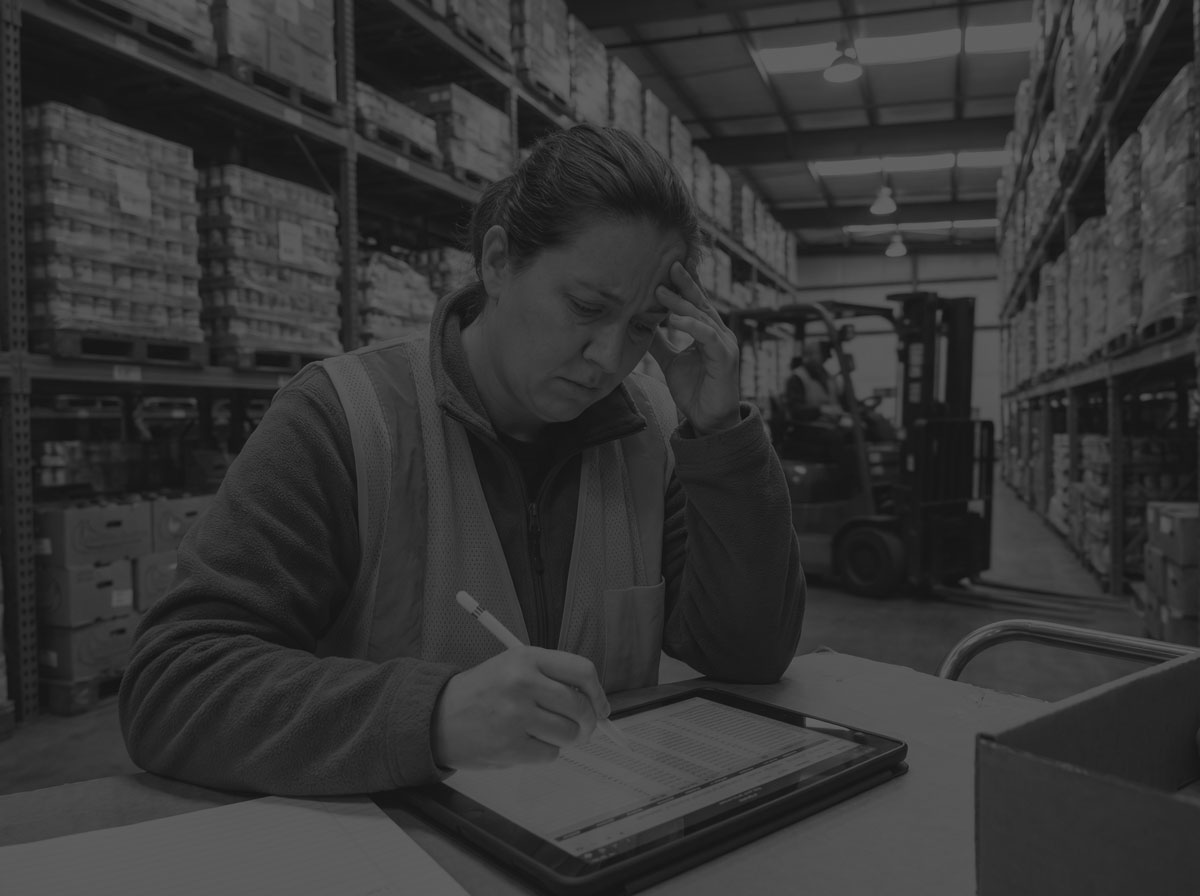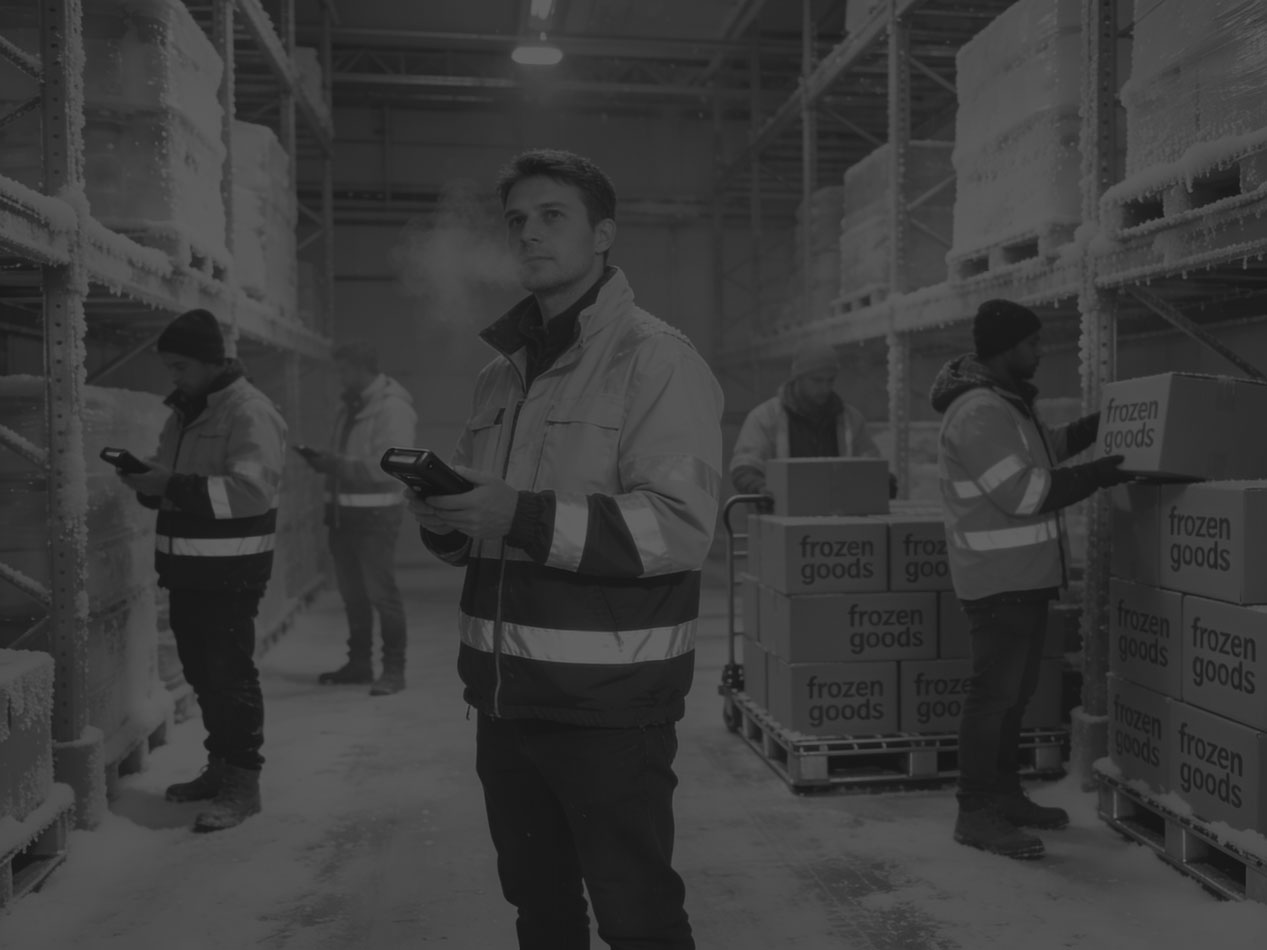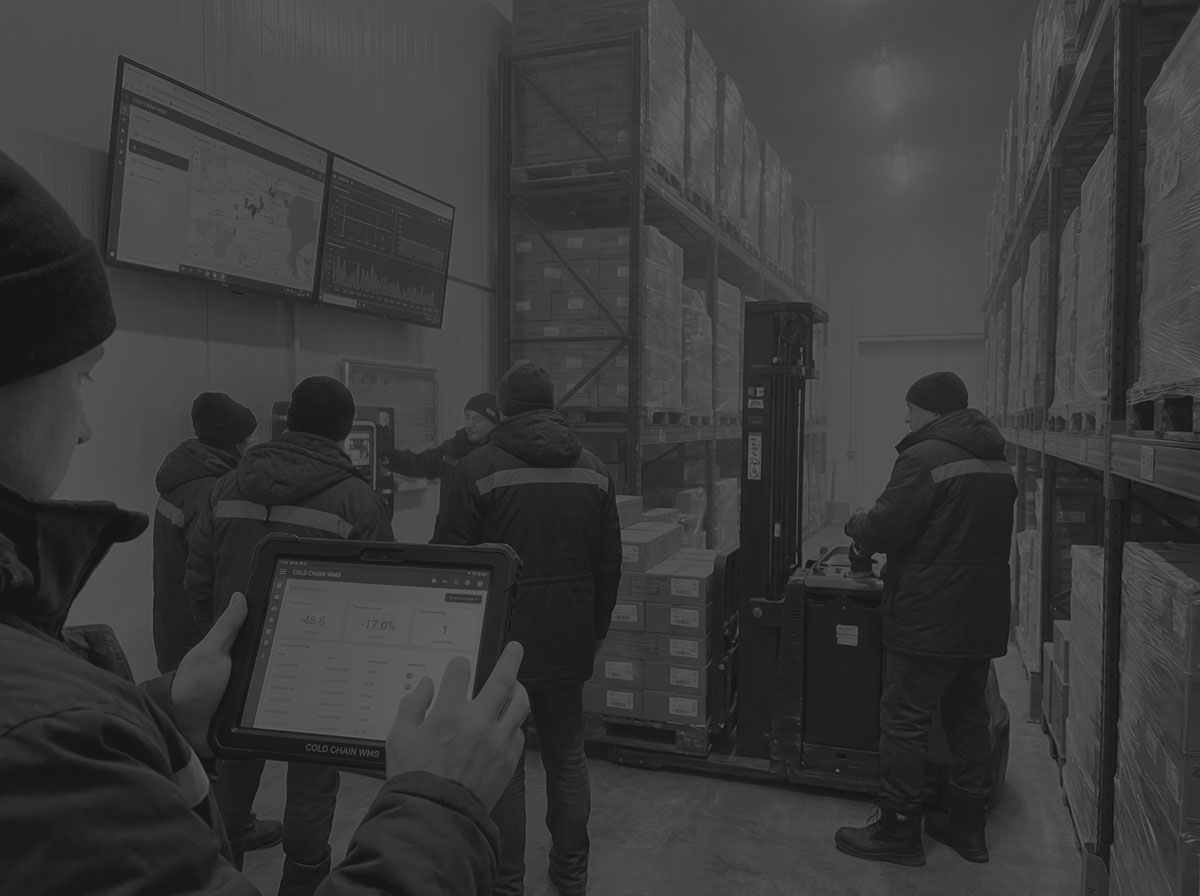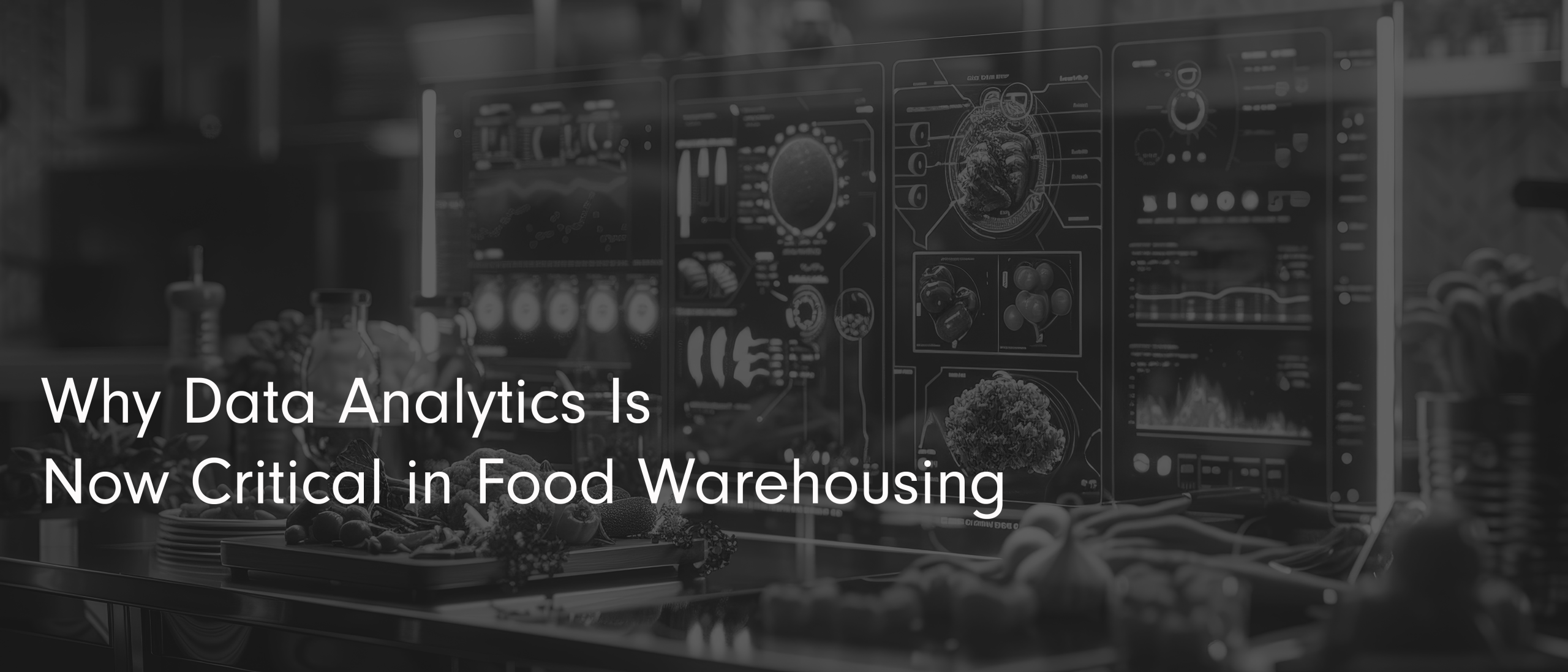Leveraging AI in your warehouse.
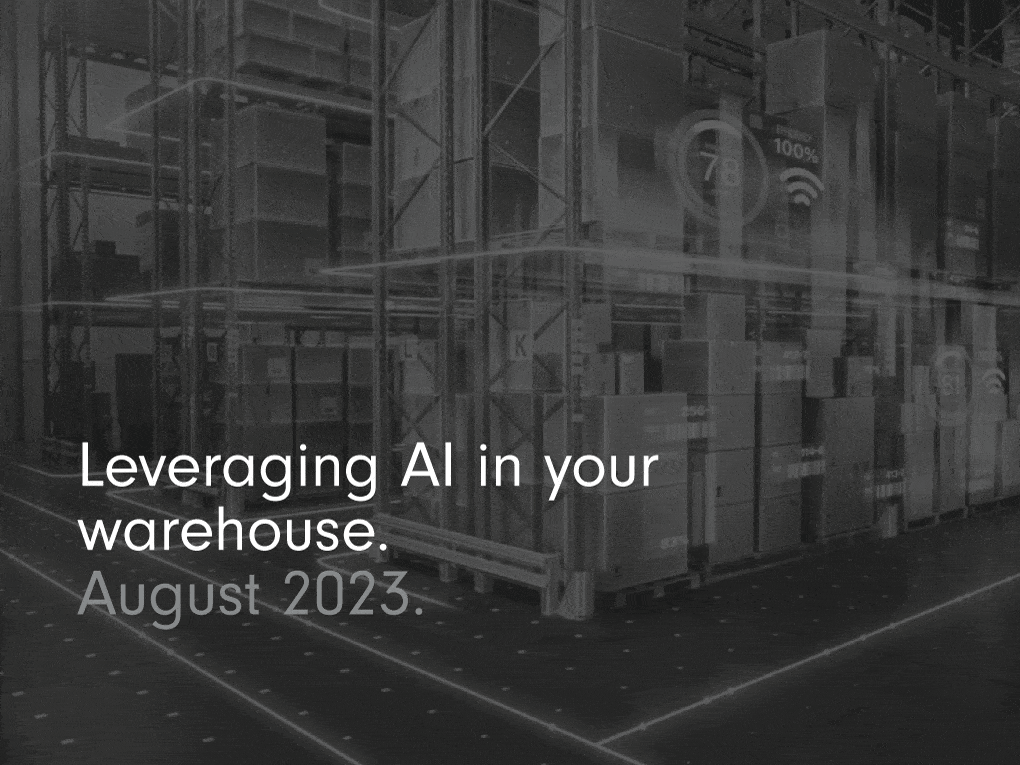
Imagine a smart warehouse where every item is in the right place, order fulfilment processes run efficiently and the whole operation is streamlined and highly profitable.
With the help of artificial intelligence (AI), this is not an unrealistic vision. In fact, it’s very much a tangible reality. AI is already revolutionising warehouse operations, for both routine tasks and more complex processes. For progressive warehouse managers, AI is acting as a driving force in promoting efficiency and fostering innovation.
AI-driven transformations are happening in warehouses across the world. So, how exactly does AI contribute to warehouse management and how can you leverage it within your own warehouse operation?
What is AI?
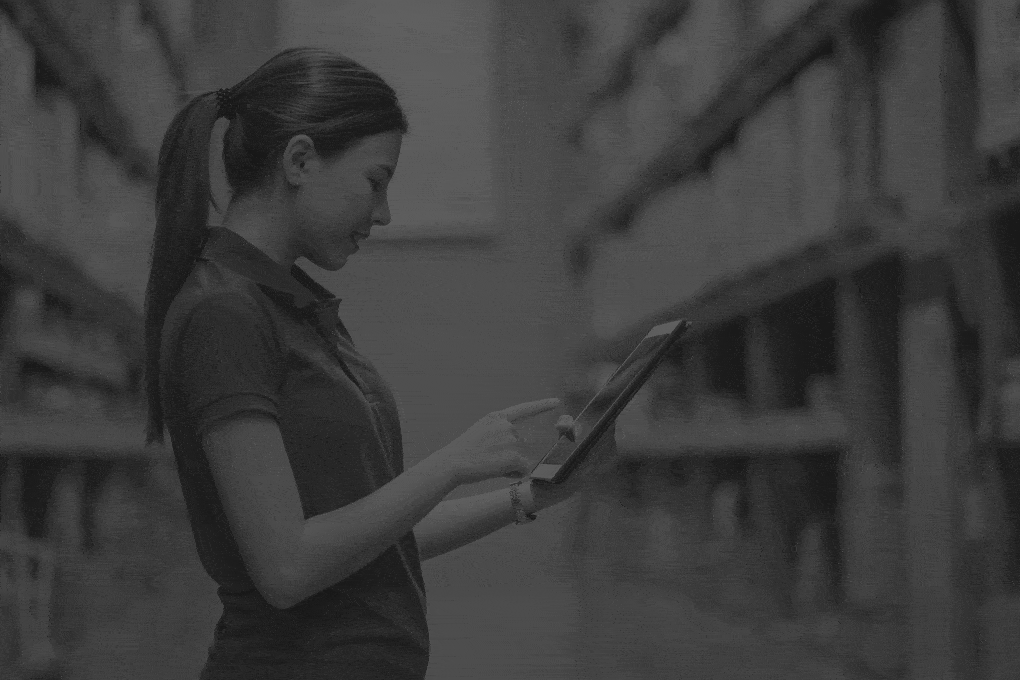
In computer science, AI describes systems that can intelligently perform tasks as humans would. AI systems and software are designed to simulate human cognitive abilities, including learning, reasoning, problem-solving, perception and natural language processing.
AI computer programmes use algorithms that can collect and process large amounts of data to identify patterns and insights. The AI system can then use these to make predictions and decisions.
AI is used in a wide range of applications, including self-driving cars, speech recognition, image and video analysis, natural language processing and robotics. In recent years, AI has been increasingly used in warehouses to improve operational efficiency, accuracy and safety.
Robotic Process Automation (RPA) is another tool which offers substantial benefits to the logistics industry. It streamlines order processing, payment management, and inventory control, reducing errors and improving efficiency. By implementing RPA, logistics companies can optimize their operations, reduce costs, and respond more effectively to customer demands in today’s fast-paced supply chain environment.
AI technologies such as machine learning, deep learning, computer vision and natural language processing are used within intelligent systems that can perform tasks such as demand forecasting and planning, inventory management, automation and robotics, safety and monitoring and route planning and optimisation. Using this AI technology, systems can help warehouse managers make better decisions, reduce costs and improve customer satisfaction.
Why use AI in your warehouse?
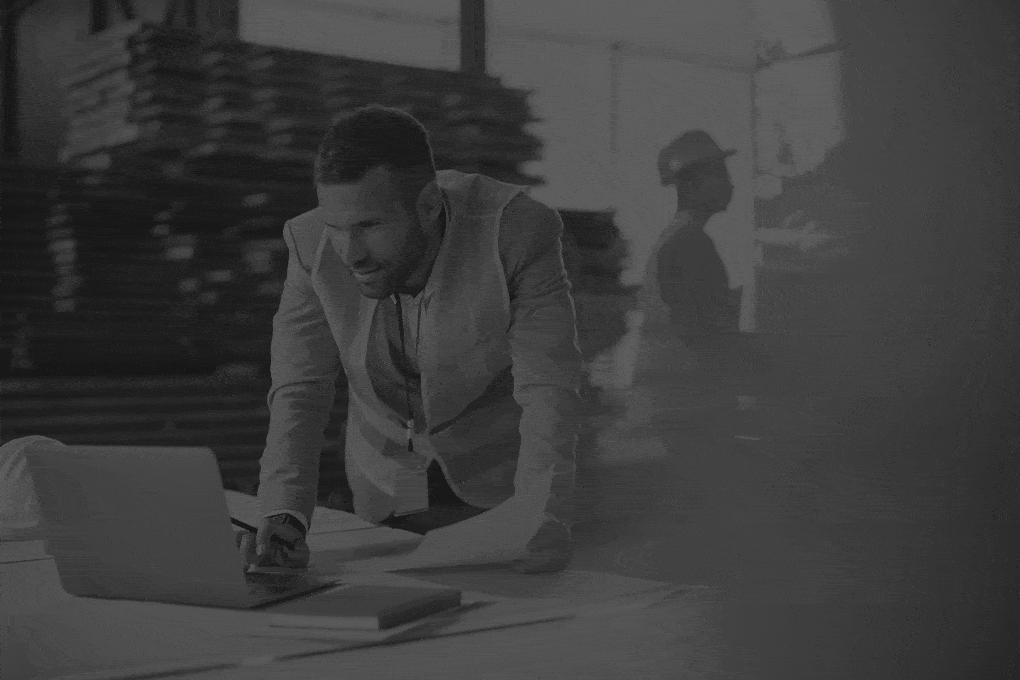
Using AI in your warehouse can help you rival other players in your industry. In such a fiercely competitive sector as distribution, those distributors that fail to adopt AI technologies risk falling behind and losing market share.
AI can enhance efficiency in your warehouse operations by automating repetitive tasks, reducing errors and improving accuracy. This can mean cost savings and increased productivity.
It can also help with demand forecasting and planning, allowing you to better predict customer demand and adjust your stock levels accordingly. This can help you avoid out of stock situations and reduce excess stockholding. This prevents you going out of stock and disappointing customers and improves your cash flow.
AI plays an important role in improving safety in the warehouse, by monitoring equipment and detecting potential hazards. This can help you prevent accidents and reduce downtime, leading to a safer and more productive workplace.
Finally, AI can help with route planning and optimisation, helping you find the most efficient routes for your deliveries, which reduces your transportation costs while achieving faster deliveries that improve customer satisfaction.
There are several AI technologies available for warehouse operations. They are incorporated into a wide range of software systems and automated devices, which help with the following warehouse activities.
Inventory management, demand forecasting and planning.
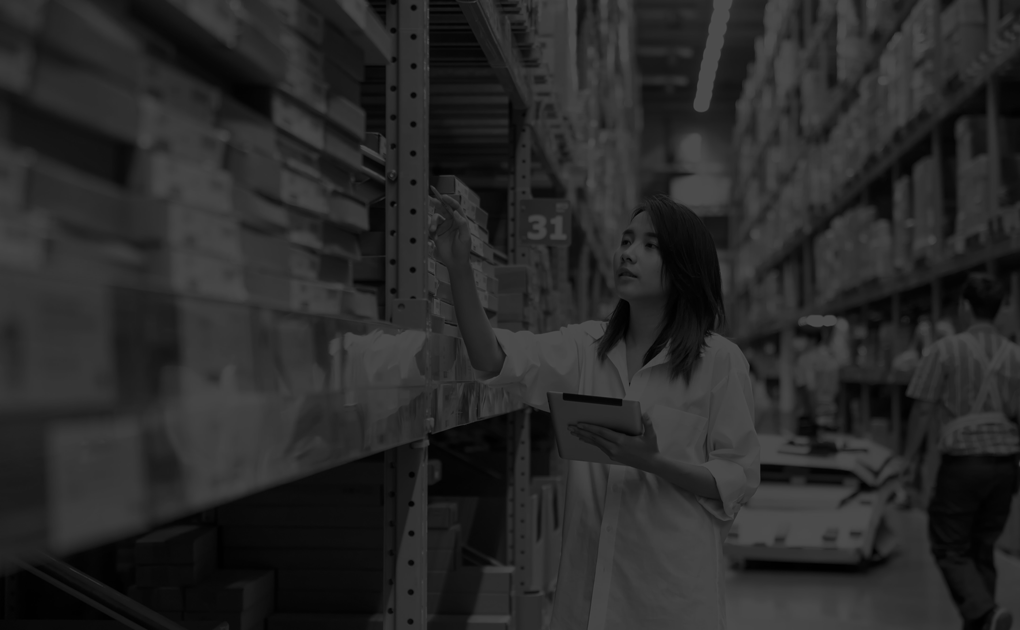
According to McKinsey, AI can reduce forecasting errors by up to 50%. Using machine learning algorithms, you can execute sophisticated demand forecasting and planning that helps you predict stock levels and optimise replenishment.
One of the main benefits for warehouses of using AI in demand forecasting and planning is the ability to accurately predict future demand. Using AI algorithms, systems can analyse large amounts of both historical and real-time data to identify patterns and trends that humans may not be able to detect. This advanced replenishment feature of a warehouse management system (WMS) allows you to make more informed decisions about stock levels and purchasing, helping ensure that you always keep on hand the optimum amount of stock.
Using AI also helps you to quickly adapt to changes in demand. Whether it’s due to seasonality, consumer behaviour changes or a shift in market trends, AI algorithms can adjust predictions in real time, which allows you to respond quickly and efficiently. Having products always available when your customers want them improves satisfaction, while also minimising waste and overstocking.
AI can also help identify slow-moving or obsolete items, enabling you to make informed decisions about pricing or promotions that move stock more quickly, or liquidation and shrinkage to dispose of stock. This helps you free up valuable warehouse space and reduces your carrying costs.
Automation and robotics.

AI technologies are used to a large extent in warehouse automation. Autonomous mobile robots (AMRs) and automated storage and retrieval systems (AS/RS) use advanced technology to move and store products, reducing the need for human intervention.
Co-operative robots – or cobots – can even work in tandem with humans, relieving them of boring, repetitive and manual tasks, which can greatly enhance your warehouse efficiency.
Despite the myths and misconceptions about robots, they are in fact easy and inexpensive to implement and don’t require a change to your infrastructure. They bring greater efficiency and enhance your productivity, allowing you to take advantage.
Safety and monitoring.
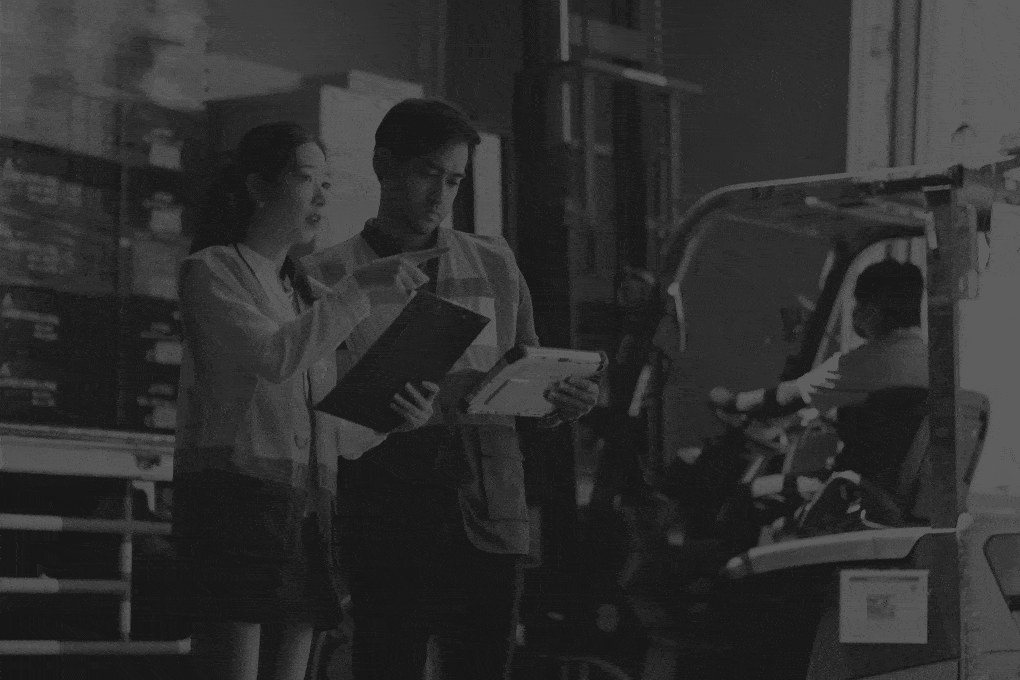
AI can help improve safety in your warehouse by using sensors to capture images and data about the warehouse environment. For example, AI-powered cameras using computer vision can monitor the movement of people, vehicles and equipment and identify any unsafe behaviour or potential hazards. This can help prevent accidents and injuries and create a safer working environment for your staff.
Computer vision can also be used to identify damaged products and internet of things (IoT) sensors can be used to track items of stock. This can help reduce your risk of theft or loss of inventory. Tracking the movement of items can help you identify any unusual activity or patterns that may indicate theft. IoT sensors can also help to improve the accuracy of stock counts. Sensors can reduce errors and provide you with a more accurate and up-to-date picture of stock levels.
AI can be used to monitor and control the use of heavy machinery and equipment in your warehouse. By using sensors and machine learning algorithms, AI systems can detect any anomalies or deviations in the performance of machinery and alert your workers so that they can rectify any issues. This can help prevent breakdowns and reduce the risk of accidents caused by faulty equipment.
Route planning and optimisation.
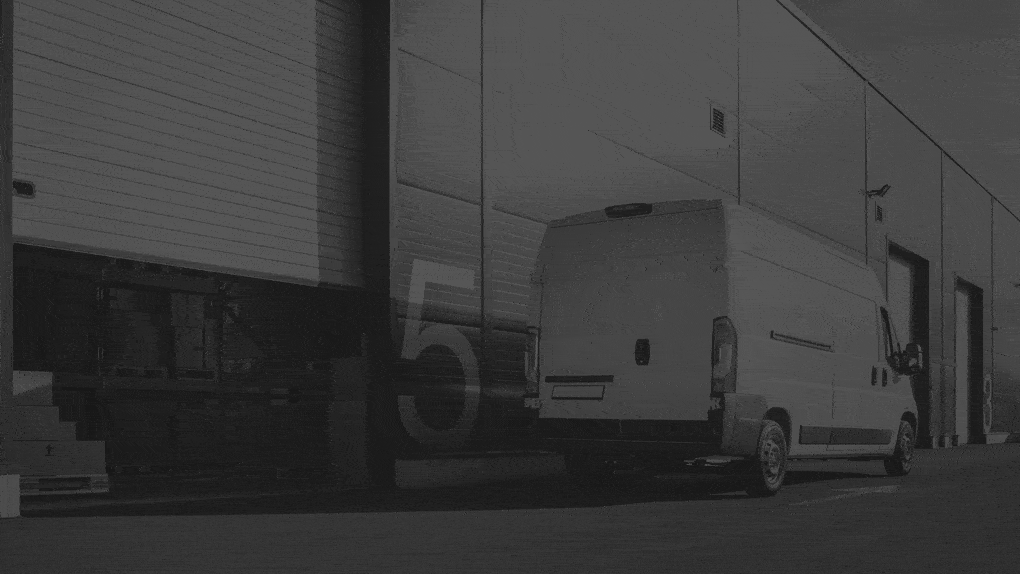
Beyond the warehouse, AI technology can be used to enhance your route planning and optimisation. This involves transport management systems (TMS) that employ algorithms to determine the most efficient delivery routes.
You might want to take into account factors such as traffic conditions, specific delivery windows or order priorities. By optimising your routes, you can minimise fuel consumption to reduce transportation costs and improve your delivery times.
TMS solutions can analyse traffic patterns and data, even in real time, to route drivers around congestion and ensure your orders are delivered in the fastest time.
You can also improve delivery performance through features such as load optimisation, which ensures you fill vehicles to capacity and make the most of your delivery fleet.
Visibility and traceability.

Using AI in the warehouse can provide greater visibility and traceability of goods through your entire supply chain. AI-driven systems can track stock levels in real time, providing accurate and up-to-date information on quantities, locations and movements. This can help you make better decisions about the management of your stock, including when to reorder and where to place it.
AI also helps with product traceability, which is particularly important in industries such as food and pharmaceuticals. By using AI to track products from the point of origin to the point of delivery, you can quickly identify any issues or product flaws and take appropriate action. In tandem with intelligent sensors, it’s easy to track conditions like temperature and humidity, to ensure that fresh or frozen goods are stored correctly. This can help to prevent product recalls and ensures customers are happy with the produce they buy from you.
Blockchain in the supply chain is an aspect of AI technology that can help visibility and traceability by securely and transparently recording transactions. All trading parties can view and verify the data held in the blockchain. You can track the movement of goods and you get a verifiable and auditable record of each transaction. This can help reduce the risk of fraud, counterfeiting and other supply chain disruptions, while also improving customer trust and satisfaction.
Unleash AI's potential in your warehouse.

AI is playing a growing role in transforming warehouse operations. By embracing various AI technologies and applications in your warehouse, you can enhance operational efficiency, improve customer satisfaction and stay competitive.
Balloon works with software, hardware and automation suppliers to provide sophisticated demand forecasting and inventory planning, intelligent warehouse management systems and autonomous mobile robots. We have also developed our own advanced transport management system, Geo2.
For more information on AI for warehouse management, call us on 020 8819 9071 or get in touch today.
